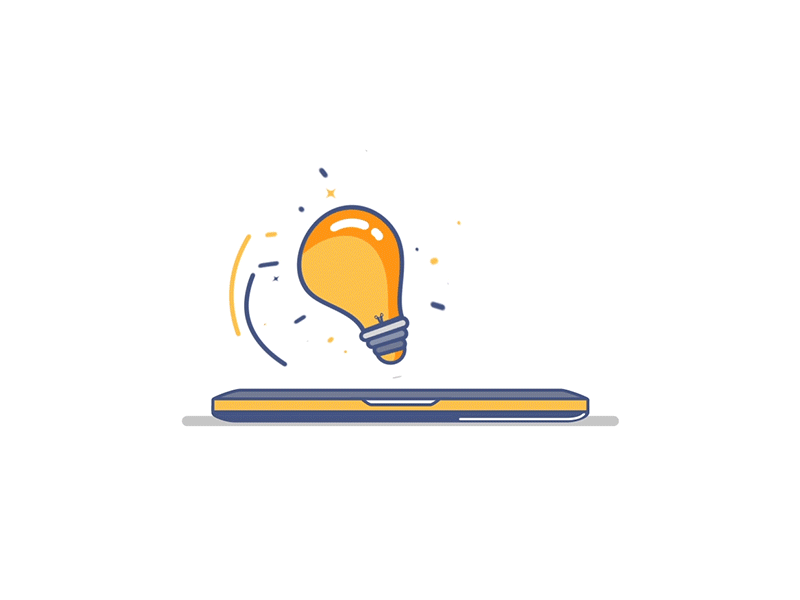Design [Disciplines] at Berkeley
A list of design disciplines that have active communities and opportunities on campus.
Design is multidisciplinary in nature. It is a factor in everything, everywhere you go. It touches far more different fields than we could possibly ever list on one page, but below are 8 design disciplines that have active communities and opportunities on campus.
Human-centered Design 🥰
Human-centered design (HCD) is an approach focused on solving the needs and wants of real-world people. There are many models of the human-centered design process, but they all comprise user research, prototyping, and evaluation.
Tools:
Design Thinking is a common "tool" that these designers use.
Product Design 🤳
Product design is an umbrella term for user experience design, visual design, and strategy. It's commonly defined as the holistic approach of building a new product from start to finish.
Tools:
User Research
Wireframing/Prototyping for digital product design: Keynote, Invision, Origami, Sketch, Figma
Prototyping using Programming: Framer.js, HTML/CSS/JS, React
User Experience (UX) Research 🔊
UX Research is about forming data-driven insights to address the needs of users. They work with UX designers, engineers, and product managers to turn these insights into actionable, consumer-centric results. User Research gets to the bottom of everything. The user is always right.
Tools:
A great article on UX Research that goes over:
Surveys/Interviews
Personas, Journey Mapping
Usability Testing
Computational Statistics: Python, R, Matlab, C++, Java or Go, + SQL
Industrial Design 🛠
Industrial design is the process through which engineers create functional products. Some of its chief concerns are functionality, usability, efficiency, and maintainability.
Tools:
3D modeling: Inventor, Fusion 360, SolidWorks, Creo
Prototyping: 3D Printing, Laser Cutting, Milling, Turning
Production: Casting, Forging, CNC Machining, Injection Molding
Environmental Design 🌱
Environmental design includes architecture, urban planning, and landscape architecture. Each of these fields studies and designs our built environment with respect to social context and aesthetic form.
Tools:
3D modeling: Rhino, SketchUp
Rendering: V-Ray, Photoshop
Orthographic projection drawings: AutoCAD
Parametric programming/design: Grasshopper, Kangaroo
Visual Design ✨
Visual design, also known as graphic design or communication design, is a form of problem-solving, in which ideas and messages are communicated through typography, composition, and image.
Tools:
Illustration & Vectorization: Illustrator, Sketch
Layout: InDesign
Motion/Video: AfterEffects
Photo processing: Photoshop, Lightroom
Understanding of typography and composition
Animation and Computer Graphics 👩💻
Design finds its place in animation and computer graphics through storytelling and the visual experience that these disciplines provide to the viewer.
Tools:
Art: ZBrush, Sculptris
Animation: Autodesk Maya, Autodesk 3ds Max
Programming: C++, OpenGL, MATLAB
Understanding of modeling, effects, simulation
Understanding of story, character, world-building
Game Design 👾
Game design is the creation of both physical and virtual games. It designs user interaction as well as aesthetics to create games for particular purposes such as education, play, and health.
Tools:
Game development: Unity, mobile development
Visuals: Adobe Creative Suite
Recommended backgrounds: programming, art
Understanding of story, character, world-building
Thanks for reading!
If you’re interested in getting the next issue of [Navigating] Design at Berkeley and updates sent directly to you every other week, please consider subscribing if you aren't already.
And if you know someone else also interested in design, we’d appreciate it if you could spread the word!









